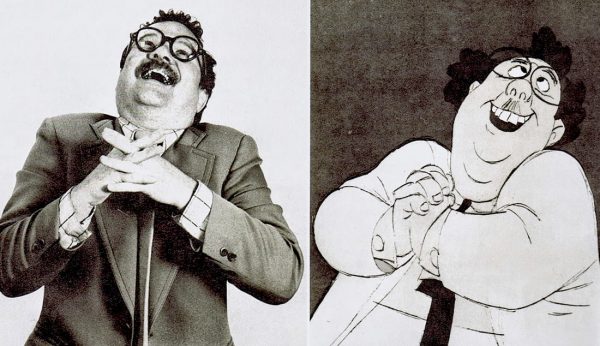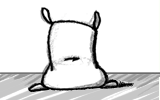Are You Using Reference Correctly?
Artists work to capture the magic of life and transpose it onto a canvass. Whether the medium is animation, digital illustration, charcoal drawings, or any number of other art styles, reference is key. But many animators are using reference incorrectly. Are you one of them?
Let’s start by making one thing crystal clear: Reference isn’t cheating. Many young artists take personal pride in drawing from the imagination. They puff out their chests and remark “I don’t need reference, it all comes from my brain.” (I know this feeling well because I used to be just like that.)
All artists need reference. Even the drawings, poses, or acting choices you’re pulling from your head are based on what you’ve observed in life. You may take bits from here and there, like the head of a snake and the body of a giraffe, but even your final Gir-rake creature is a product of reference. It is foolish to succumb to pride and not use every resource you have around you to do the best work you can.

However once you realize how valuable reference can be, you can fall into a trap. You can become a slave to reference.
I have watched countless videos of professional animators acting out crazy, over-the-top motions while shooting their own video reference for a shot. Then they transpose those actions almost directly onto their character. This is no longer reference. This is copying.

The whole point of reference is to, literally, refer to. While you are creating your illustration or animation, you pull bits from different pieces of reference to craft something new and unique. It is not there to copy directly. It is there to inspire and spark ideas.
Here’s a quick checklist of what you should look for in reference:
- appealing shapes
- emotion & mood – Check out the article on Mood Boards for more!
- arcs
- rhythm
- Weight distribution / balance
- silhouettes
And a list of what you should alter when taking something from reference:
- Adapt it to character (their current emotion, rhythm)
- Mood & point in the story
- Enhance important moments
- Play down what you don’t like
- Cut out what you don’t need
There is nothing wrong with using reference. In fact, you should in almost every situation! Even the great masters of animation use reference, or do hundreds of studies to make a mental library before they begin their work. Shooting reference yourself can be a good idea, too, as long as you understand its purpose. It isn’t something to copy over onto your 3D model. We aren’t rotoscoping here. Reference exists as a tool to push you further. Don’t stop at reference, go past it into wonderful, inspiring new places.





Good morning. I have seen some of your youtube videos and I am trying to complete your 51 exercises. I have more than a month of experience animating.
I would like to know WHEN to use references. Should I use references ONLY if I am struggling with an animation? If some animation (or part of an animation) seems easy to me, should I use references? Should I try something by myself before using reference?
Thank you for your teachings! I wait for your answer.
Really great post! Thanks!!